Trivia about the Philippine Mountains
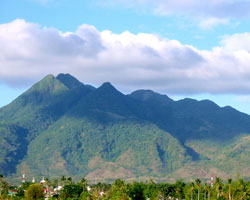 |
Mt. Makiling is a favorite destination for mountain climbers and hikers. One can climb the 1,247-meter-high mountain and hike to its natural hot springs on its slope via the access road through the UP Los Banos campus. A trail continues to Mt. Makiling’s summit. Many resorts in Los Banos and Calamba, Laguna have harnessed hot waters from volcanic mud and channeled them into baths where people come for medicinal cures. |
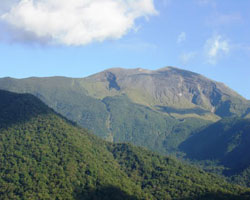 |
Mt. Kanlaon rises 2,488 meters above sea level and is located in Negros Occidental Province. It last erupted in 1988. La Carlota’s barrio Ara-al stands as a good starting point for the challenging journey to the peak of Mt. Kanlaon. Halfway up is a welcoming stretch of white sand that awaits climbers spending the night under a clear sky. The trek goes through mountain rainforests into a dwarf forest to small lakes and finally to a beautiful view of Mt. Kanlaon’s quiescent main crater. |
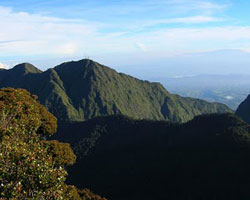 |
Mt. Kitanglad is located in Bukidnon Province and rises to a height of 2,938 meters. It is the second tallest mountain in the country and it is a mountain climber’s haven and a sanctuary for wild plants and animals, including the Philippine eagle. |
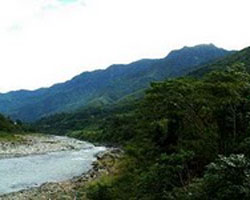 |
Mt. Mating-oy is located deep in the heart of Kalinga Province. Legends say it was on its mountaintop that the two ill-fated lovers, Chinayao and Finsay, met. Finsay was killed and Chinayao asked the supreme god to take her to his throne. The next morning villagers were amazed to find out that Mt. Ta-ungay, its original name, had changed into a profile of a beautiful maiden lying on her back and her head gently tilted towards the poblacion. They could only surmise that the maiden is Chinayao and the streams flowing on the mountainside were her tears for her lost love. |
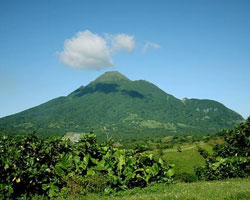 |
Mt. Iraya is an extinct volcano located in Batan Island and rises 1,008 meters northeast of Basco, Batanes. It is covered with dense rainforests and laced with springs that inspired folk tales. It is also the principal source of water in the capital town of Basco. |
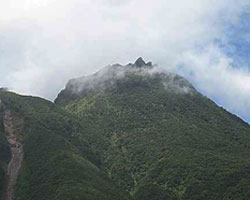 | Mt. Hibok-Hibok is a diminutive volcano that rises 1,332 meters from the sea and one of the seven volcanoes found in the island of Camiguin, Northern Mindanao. Since it is an incandescent volcano, which consumes vast quantities of oxygen, its violent eruption in 1951 killed many persons by asphyxiation. Many were found dead as if merely asleep. |
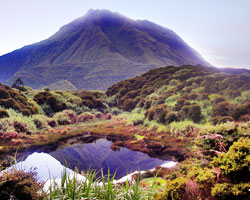 |
Mt. Apo is the godfather of Philippine mountains with the highest peak in the country and can be seen to the south of Davao City, the provinces of Davao del Sur, Davao del Norte, and Cotobato. It is a gigantic verdant cap stretching to a height of 2,955 meters and covering 76,000 hectares. Mt. Apo is a dormant volcano with no recorded eruption. However, its jagged crater walls are mute testimonies to ancient activities. |
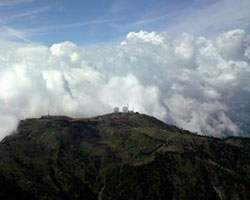 | Mt. Sto. Tomas is located in Benguet Province and rises 2,259 meters from sea level. One can start the trek form the road beside Green Valley Country Club in Baguio City and continue seven to eight kilometers to the summit. Mt. Sto. Tomas is a huge, soft mountain, much of it limestone, stretching almost to the shores of Lingayen Gulf. It is also riddled with caves for spelunking pleasures |
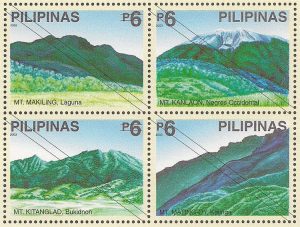
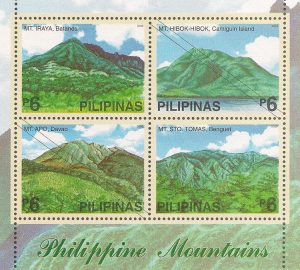
Recent Comments